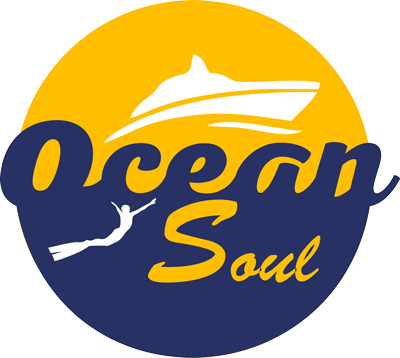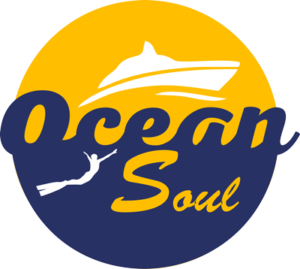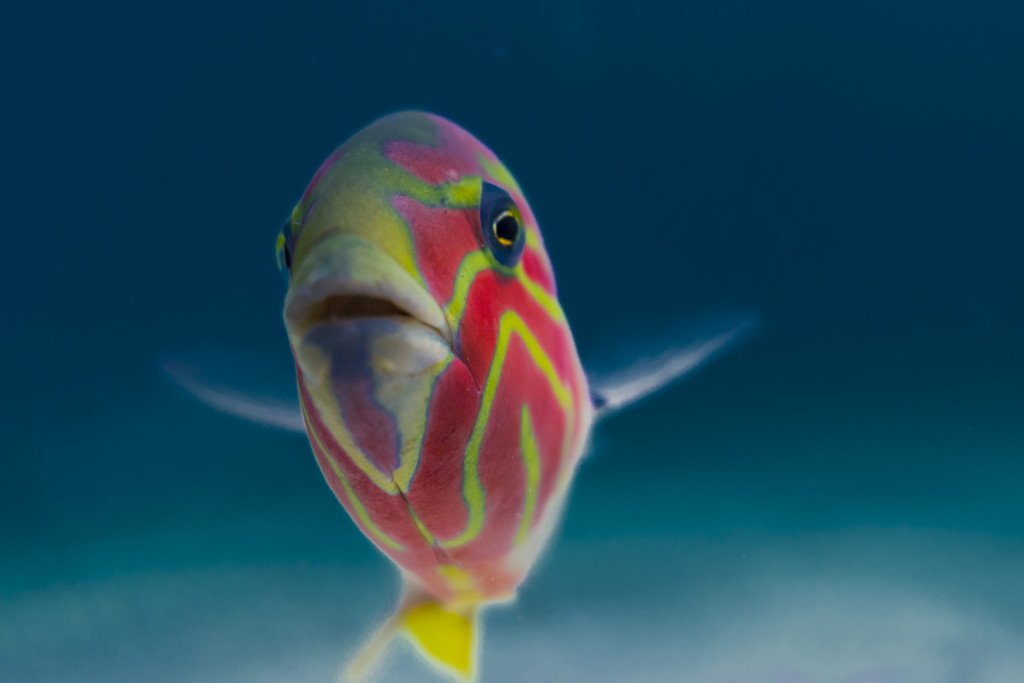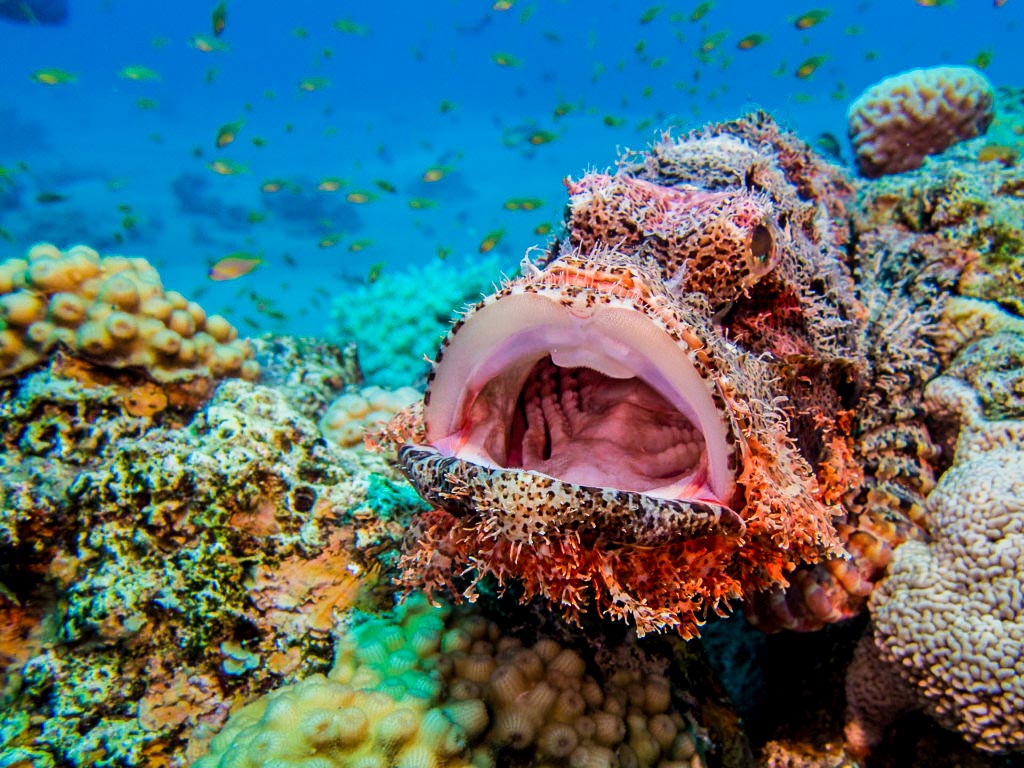The island Zabargad is also called El Gubal (“The Mountain”) by local sailors because of its height of up to 235 meters above sea level. It is approx. 3.5 km long and offers several diving spots all around.
This also includes two shipwrecks, both of which are in the diving-friendly area.
On the east side is a 70 m long and 10 m wide wreck, whose name and history are puzzled. There is some evidence to support the assumption that it is the Russian spy ship “Khanka”, which sought protection on board after a collision or explosion on board and sank there. The exact dates of the sinking are not known, according to the vegetation it must have happened in the 1950s to -60s. The bow is separated on the port side, the rest of the ship is upright on the sandy bottom at a depth of 24 meters. When the tide is low, the mast protrudes from the water. Here you can ideally enjoy your safety stop.
On the west side of Zabargad, in addition to beautiful hard coral gardens, the remains of the safari ship “Neptuna”, which sank here in 1981, can be discovered. On the sandy ground at just under 24 meters you can find isolated evidence of the sinking today: a generator, several suitcases, a radar device and a diving tank. However, there is no trace of the wreck itself. Since the reef only slowly gets steeper at this point, the safari boat cannot have slipped further into the depths, so it has to be somewhere nearby. At that time, when the stern was already under water, it probably drifted a little further while the objects in question fell overboard. In any case, the wreck of the “Neptuna” could not be located until today and thus remains a secret of the Red Sea.
On the southeast side of Zabargad there are many cave passages in the upper reef area, in which, with a bit of luck, you can find nudibranchs and vortex worms.
The best place to anchor is in the protected area on the south side of the island behind a large lagoon. Around this 10-12 meter deep lagoon, it goes steeply down to depths of over 50 meters. The rock that surrounds the lagoon is overgrown with soft corals and leaves a few passages free to get into the lagoon.



